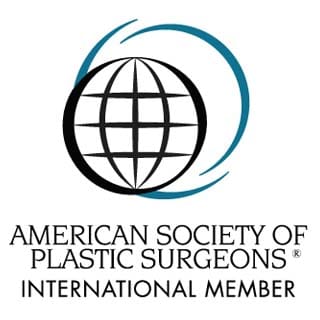
Moles, or nevi, are a common benign growth on the skin. They can appear as small bumps like pimples or as flat patches on the surfaces of the skin. Moles usually occur when skin cells grow together in clusters. You may get them at birth or they can develop at any time later in life. There is not really a fixed time when the moles may show up. Also, these common skin growths may vary in size, shape, colour and number.
The majority of moles are harmless and there is no reason to worry about them. However, if they change their appearance, become larger or change in colour, then it is time to get medical attention because it might be a warning sign of more serious skin disease.
Most of the time, people opt to remove moles for cosmetic reasons, especially when the marks appear on the face. One of the problems they often face is the cost of the procedure. It can be quite high which leads people to utilize different home remedies to have their mole removed.
However, some natural approaches can not only be ineffective, but they can also be dangerous. If you want to remove any of your moles it is best to see a specialist. The aesthetic doctors have the skills and expertise to safely and successfully remove unwanted nevi.
In this article, we will provide you with detailed information about the most popular methods of removing moles at home. Furthermore, we will explain why some of those methods are potentially dangerous as well as which mole removal techniques are safe and effective. Please read on!
Several websites provide “simple DIY tips” or “natural treatments” for removing moles at home. Here we will look at some of them.
Other popular home remedies include flaxseed oil, hydrogen peroxide, lemon juice, oregano oil and so on. Some people even use drastic measures, like cutting the mole with a razor blade or using scissors (you should never cut the mole out by yourself!). Keep in mind that it is not proven that any of these methods work, even though some people claim otherwise.
Natural methods for removing moles have not been proven to work. There are a lot of home remedies and natural treatments that are advertised on the Internet which claim to remove moles. However, none of those “do-it-yourself” techniques has been proved to produce permanent results.
Moreover, the application of different home remedies to the face may cause unwanted side effects and complications. Not to mention, it is potentially dangerous for your moles.
It is not a good idea to try to get rid of unwanted moles by yourself. Here are some of the reasons why it can be harmful.

One of the best, safest and most effective ways to remove a non-cancerous mole is excision surgery. The procedure is usually performed under local anaesthesia. The surgeon will find the area, draw on it and remove the mole by using a sharp knife. After that, the doctor will close the opening with deep stitches and superficial stitches. The deep stitches slowly dissolve in about a year. The top stitches are usually taken out within a week.
Laser treatment is another safe and effective mole removal technique. It is a non-surgical method, it is not painful and takes less than 15 minutes. Infection risks are significantly reduced since cuttings or burns are not necessary. Also, lasers are effective at treating sensitive body parts such as the face and nose, which might be difficult to treat with other methods.
Consult an aesthetic doctor to determine which removal method is most appropriate for you.

If your dermatologist is suspicious that you have a cancerous mole then he/she would advise you to go for a biopsy. During the biopsy, a small piece of the tissue from the mole is removed and sent for analysis to pathology. The pathology doctor needs to tell if the lesion is cancerous. In case it is, you will need to undergo surgery to remove the mole.
After the mole is removed, it needs to be checked for microscopic signs of skin cancer. There is a possibility of skin cancer developing from a mole, and the diagnosis is usually made after a pathologist has thoroughly examined the mole.
However, most moles are benign growths and the cases where they become cancerous are very rare.
Aloe vera cannot remove a mole. Aloe vera is often claimed to be a natural remedy that can shrink or erase moles. The theory behind that is that aloe vera gel has healing properties that can smoothen and soften the skin. However, it has not been proven to work.
Dermatologists strongly suggest that you avoid using creams that remove moles. Mole removal creams are not effective. In addition, they may cause side effects such as pits or scars.
Despite the fact that mole removal pens can sometimes provide results, it is best to stay away from them because they are potentially risky and can leave visible scarring.
When it comes to removing a cancerous mole, medical insurance usually covers the costs of the treatment. The insurance does not cover the cost of removing benign moles.

Dr. Shenthilkumar Naidu (Dr. Shens) is a Ministry of Health accredited Consultatn Plastic Surgeon with extensive expertise in cosmetic and reconstructive surgery. He is renowned for his advanced techniques in body contouring and aesthetic enhancements. For more information, visit Shens Clinic.
Monday – Friday: 09:00am – 06:00pm
Saturday: 09:00am – 02:00pm
Sun and PH: Closed
(Strictly by appointment only)

Copyright ⓒ Shens Clinic | Privacy Policy | Terms and Conditions .